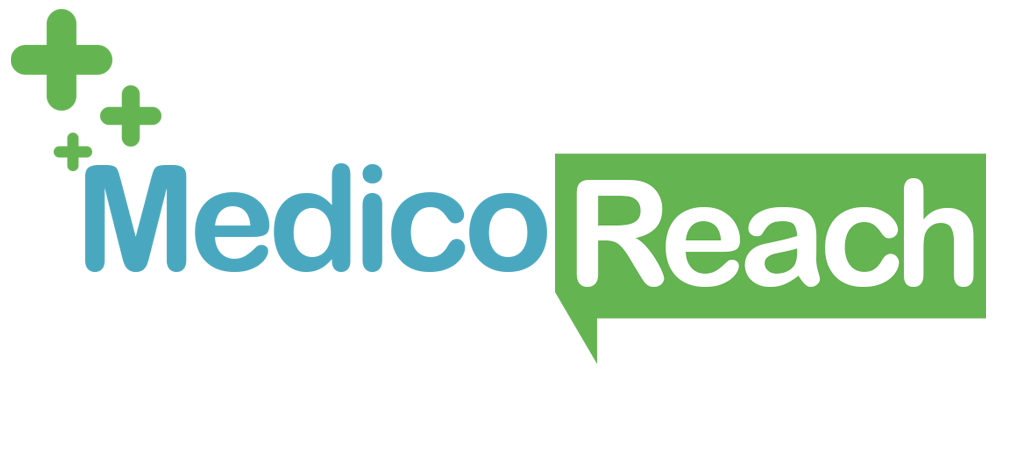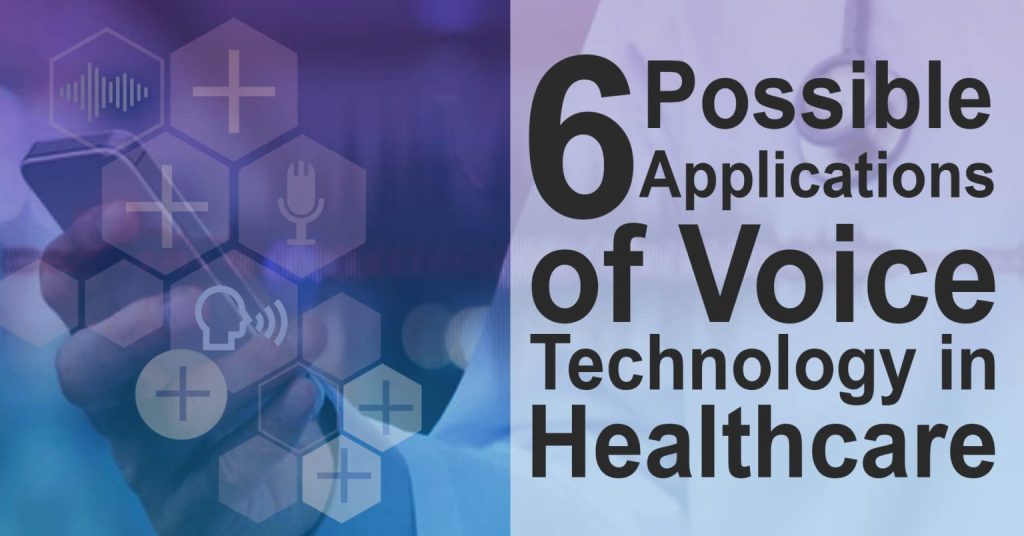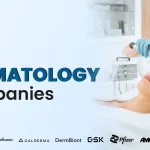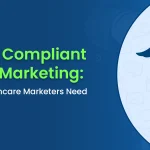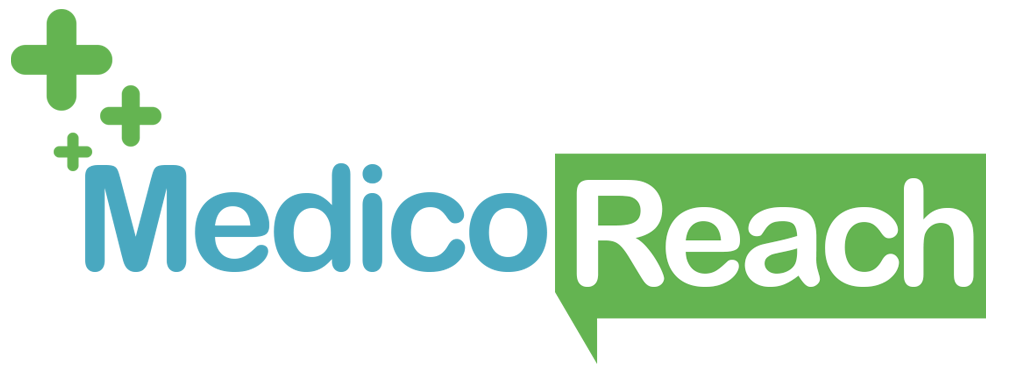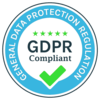The voice recognition market is estimated to reach $601 million by 2019. The amount is likely to increase further and reach to $40 billion at the end of 2022. Hence, it won’t be a surprise to find at least one voice assistant in more than 55% of American homes.
At present, voice recognition devices are mostly centering on smart home care concepts that aim to make everyday life more convenient. However, the implementation of voice is also gaining momentum across the healthcare industry. The medical sector has a lot of real potential and opportunities where the application of voice technology can work wonders.
Here is a look into the possible six areas where voice can be integrated to offer better healthcare services to the population at large.
The Examination Room
The most obvious place where the relevance and usability of voice search seem apt is the examination room. There are quite a few possible areas of implementing voice technology within the examination room. For instance, a voice recognition tool can be used to update the electronic medical record (EMR) while the physician is busy with conversing with the patient. Rather than doctors having to manually register the observations of the patient during the examination process, a voice assistant can be programmed to make a note of relevant data from the interaction and store them automatically.
The Operating Room
The operation theatre is a highly sensitive healthcare setup where maintain hygiene and preventing infection is crucial. That is why strict adherence to sterilizing equipment, medical devices and instruments, and the theatre as a whole is mandatory. Even doctors and nurses need to disinfect their exposed body parts such as hands through proper hand wash before entering the operation room. Moreover, all the instructions and interactions that take place inside the theatre happen through verbal communication and hand to hand exchange of medical supplies is a common practice.
Hence, here the use of voice recognition technology can be useful. With voice assistance, doctors and nurses can interact via voice without disrupting the clean and germs free environment of the room. However, voice tools can work best only when there is no unnecessary surrounding voice. When used in a noisy environment, the user may compromise its effectiveness. The device needs to listen to the utterance to process the instruction accordingly correctly.
The Recovery Room
Voice interfaces are a great way to connect with the patient even after post-surgery in a hospital room or after discharge at home. Moreover, in the age of the Internet of Things (IoT), we are exposed to the concept of smart homes where appliances start working on command. Now, you longer need to turn lights on or off manually. A simple voice command can do the task for you.
Similarly, the technology can be put to use in the healthcare sector also. Voice technology application in a hospital can ease the process of patient care. Voice empowers the user to control the surrounding environment. For instance, to turn off the fan or order food or increase/decrease the speaker volume, one need to utter the task to do, connected devices leveraging voice technology responds to it immediately. It offers convenience to both the patient and the caregivers.
Through voice, if patients can take care of their little needs. By doing so, they can let the nurse focus on something much more important, instead of catering to minor issues like room temperature control, etc. Voice can be used to record patient’s questions that can be quickly forwarded the next day when the physician visits.
Clinical Trials, Surveys, and Feedback
In the area of clinical trials and surveys, use of voice technology offers a lot of potentials. There are multiple opportunities available in the processing of clinical trials that felicitates the implementation of voice recognition devices. It will help healthcare systems and professionals better engage with the patient and offer a friendly user experience during the interaction. The use of voice interface can simplify your clinical trial record-keeping and store survey outcomes. For instance, adding voice recognition feature in the data collection system can help you to report survey results, verify details, and add data even while preparing a cup of tea. You will need to utter the task, and the interface recognizes your voice to start working impromptu.
Integration of Voice into Care Management Platforms
The primary function of a care management system is to monitor and record the user experience and report them to the clinical staff. Hence, the integration of voice into such platforms, then information will flow not just from one source but from many. Instead of fetching data from medical devices, voice tools can draw all the information concerning a specific topic of your health from multiple sources. And later using this data offer a comprehensive overview of what is happening to your health so that clinical staff can intervene on time to address it with proper care.
Home and Elder Care
There are many use cases of voice in the recent times. Especially with the introduction of Amazon Alexa and other similar devices, the popularity of voice search is on the rise. From serving reminders to alerting on the intake of medicine on time, voice technology has made life easier like never before. Use of voice can help elderly patient a lot. Health disabilities often cause difficulties in their daily activities. But with voice integrated automated devices, home care and most importantly elderly patient care has become more comfortable.
Earlier there were few limitations of voice devices. The voice interfaces available in the market had their own set of challenges, especially in the elderly care segment. One needs to adjust the bass and treble to simplify the usage by patients with hearing problems. But with Google’s Home, a powerful speaker, and voice assistant device, the solution to those problems are here. The tool helps to make calls, answer over 100 million questions, and control other connected home devices.
Moreover, it runs entirely on voice command. Hence, it is ideal for visually impaired people and senior citizens with a hearing problem. To make any changes, they need to say the thing to do, and the device starts working.
Concluding Note
Voice technology is the future, and there is no denial of its growing impact and effectiveness. However, in the present scenario, voice recognition devices are still evolving. And there is a long way for the technology to innovate and advance. It is in the initial stage and needs to mature further.
Technological advancement is paving the way for more convenience when it comes to customer engagement and interactions. Voice recognition technology has made its need felt across various industries in a short time. It isn’t a surprising fact that the implementation and integration of voice into medical functioning is massive in comparison to other sectors. The healthcare sector is all about offering quality care to patients at their convenience. What could better be a better option than voice tech to support the vision of healthcare providers? As a result, more and more healthcare businesses are responding to the technological advancement that the sector is undergoing. Next time, when you visit a hospital, you might not see a receptionist at the desk to answer your queries. A voice device may soon replace the need to offer you seamless care experience.
